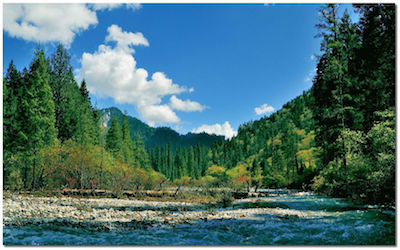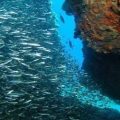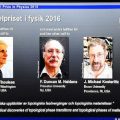PTE考生目前最大的问题之一就是练习题缺乏。除了有限的基本官方书(PLUS,Testbuilder, OG)之外就没有题了。很多英语基础不是很扎实的同学很难找到练习材料。悉尼文波雅思PTE培训学校专门为澳洲,尤其是悉尼、墨尔本的PTE考生准备了适合PTE听力阅读练习的科学60秒。各位PTE同学可以练习PTE听力中的summarise spoken text和PTE口语中的retell lecture,练习记笔记技巧和复述。
听力内容:
60秒科学节目(SSS)是科学美国人网站的一套广播栏目,英文名称:Scientific American – 60 Second Science,节目内容以科学报道为主,节目仅一分钟的时间,主要对当今的科学技术新发展作以简明、通俗的介绍,对于科学的发展如何影响人们的生活环境、健康状况及科学技术,提供了大量简明易懂的阐释。
This is Scientific American — 60-Second Science. I’m Steve Mirsky.
“Noise can prevent an animal from hearing other important sounds.”
Rachel Buxton, a conservation biologist at Colorado State University. Buxton and colleagues wanted to see, or rather hear, whether sounds made by human activity—called anthropogenic sound, think airplanes, highway traffic, heavy machinery—were significant in protected areas around the country.
“Park Service engineers on our team used over a million hours of
acoustic measurements taken from 492 sites around the contiguous United States. And they built
a sound model…so to get at an idea of noise pollution, we used two thresholds: where
anthropogenic noise raises sound levels three and 10 decibels above natural.”
Which translates to a doubling and 10-times increase in sound levels. Buxton and her team determined that humans were responsible for doubling the sound in
63 percent of protected areas. And we raise the natural sound levels by 10 times in 21 percent of
such landscapes.
“These levels are known to impact both the human experience in national parks
and have a range of repercussions for wildlife…so animals use sounds for many essential life functions, such as
predator avoidance, navigation, finding food, mate attraction and maintenance of social groups. So not being able to hear these sounds has serious consequences.”
The study is in the journal Science, which also provided the audio of Buxton.
“The challenge here is managing noise sources that are coming from outside
the protected area…however, our paper provides some really valuable information and options for
managing noise and also enhancing opportunities to enjoy natural quiet.”
Because it’s not just the non-human residents of wilderness areas that need some peace and quiet.
Thanks for listening for Scientific American — 60-Second Science Science. I’m Steve Mirsky.
墨尔本悉尼霍巴特文波PTE原创首发
更多精彩请持续关注微信wenbo_tv3。





